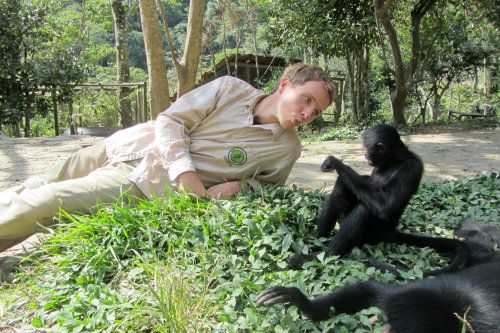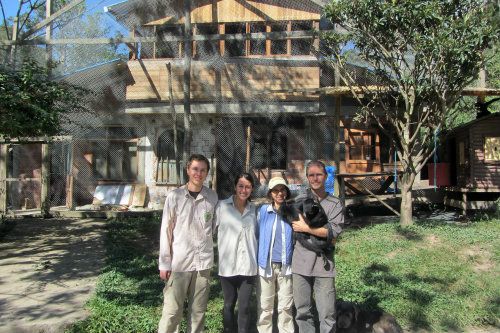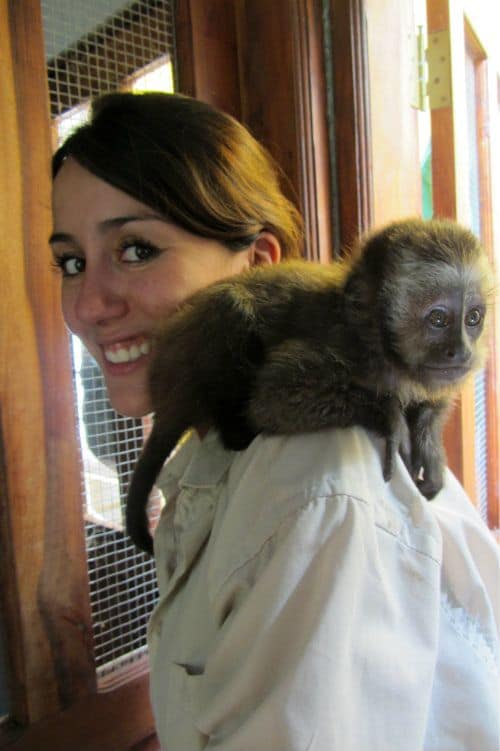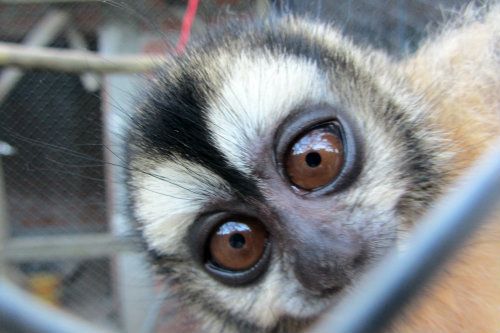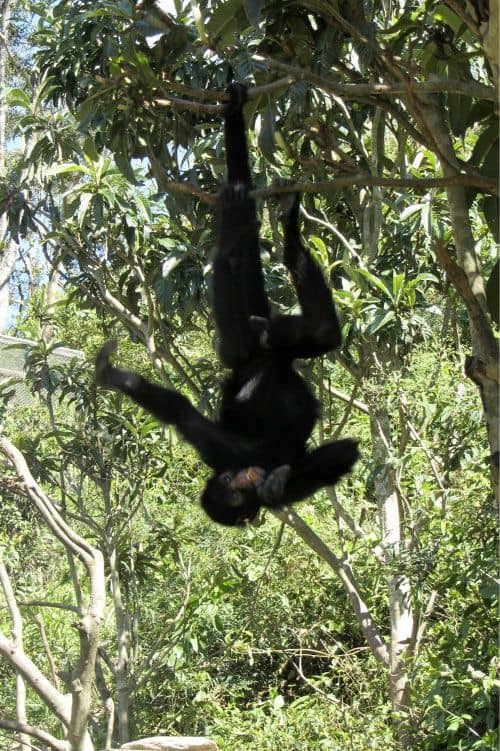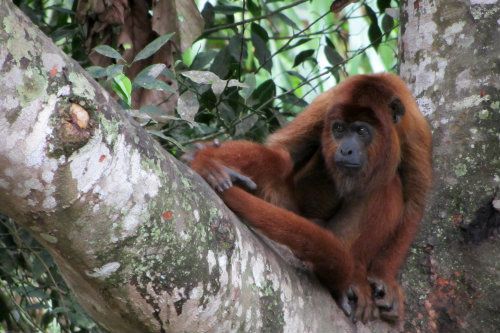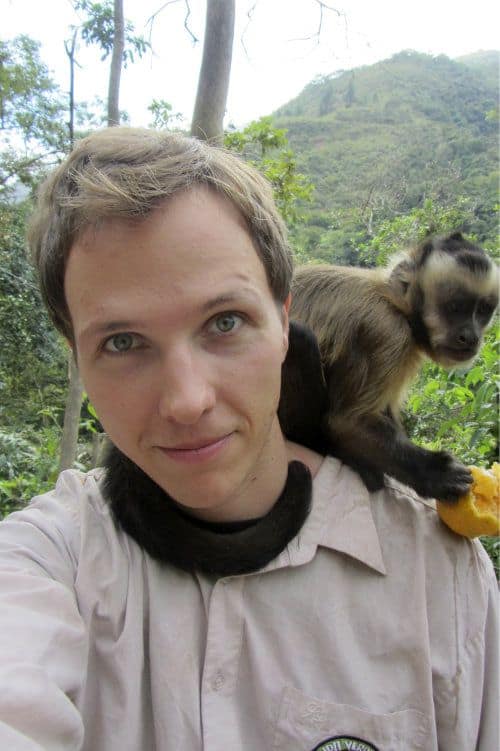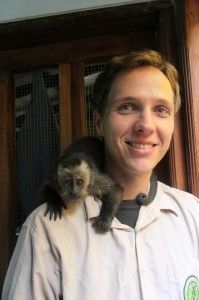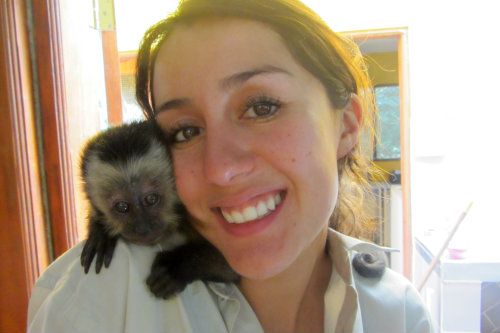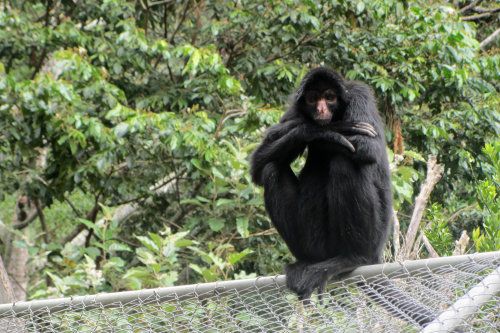Annual reviews are not normal for me. Unlike those who methodically go over each year of their life and meticulously plan for the future, I like to kind of go with the flow and say yes a lot. For some this can be disastrous but for me, I enjoy it. For the most part, my energy and enthusiasm for life and travel and creating things keeps me growing. At the same time, I can see how going over the past year can be a grounding experience and one that can either make you grateful for everything you did or give you a kick in the ass to really change things for the year ahead. As far as planning, I can also see the benefits of at-least creating a rough roadmap for the following year as a way of guiding your thoughts and activity and gaining some focus.
For me, my passion is actually what gets in the way of business. If it wasn’t for traveling 6-8 months each year, I would probably be raking in the money. I’d have much more time to focus on more income streams and much more time to focus on marketing. But hey, we only live once and I know that atleast the way I travel (off the beaton path, months at a time, etc) will slow down once I have a family.
Anyways, as I sit here in Mexico City with just over a week left before flying to Costa Rica, I think it’s a good time to reflect on the past 12 months and make a rough plan for 2015. By writing this publicly, I hope to hold myself much more accountable and I also hope to inspire those who read it to possibly do their own plan, change things up or rejoice in how amazing your life really is.
Let’s begin. [Read more…] about Annual Life Review and 2015 Plans

